The combination of Artificial Intelligence (AI) and Web3 speaks to one of the most progressive innovative headways of our time. AI, with its capacity to analyze, anticipate, and mechanize errands, is changing businesses over the board.
In the mean time, Web3, which envelops blockchain innovation, decentralized applications (dApps), and savvy contracts, is rethinking the web by advancing decentralization, straightforwardness, and client sway. The merging of these two effective advances is clearing the way for an brilliantly, decentralized, and profoundly effective advanced economy.
This article investigates the integration of AI and Web3, its suggestions for different businesses, the benefits and challenges it presents, and its future potential.
The Establishment of Web3 and AI
Before diving into their integration, it’s fundamental to get it the foundational standards of both technologies.
Web3:
- Decentralization: Web3 shifts control from centralized substances (such as tech mammoths and budgetary educate) to decentralized systems fueled by blockchain.
- Transparency: Exchanges on blockchain systems are permanent and irrefutable by anybody, guaranteeing believe and security.
- Smart Contracts: Self-executing contracts with predefined rules empower mechanized exchanges and dispense with intermediaries.
- Tokenomics: Computerized resources (cryptocurrencies, NFTs) encourage modern financial models and advanced ownership.
AI:
-
- Machine Learning (ML): AI frameworks analyze endless sums of information to learn and make predictions.
- Natural Dialect Preparing (NLP): AI empowers machines to get it and create human dialect (e.g., ChatGPT).
- Computer Vision: AI translates pictures and recordings for computerization and analytics.
- Autonomous Frameworks: AI-powered robots and applications work with negligible human intervention.
How AI and Web3 Complement Each Other
When combined, AI and Web3 can address each other’s confinements and open modern opportunities.
Decentralized AI Models
Traditional AI models are controlled by a few effective organizations, driving to concerns over information protection and bias.
Web3 empowers decentralized AI models put away on blockchain, guaranteeing straightforwardness, fair-minded learning, and client control over data.
Projects like SingularityNET and Sea Convention are spearheading decentralized AI marketplaces where AI administrations can be bought and sold utilizing blockchain.
AI-Powered Keen Contracts
Smart contracts on blockchains work based on pre-defined conditions, but they need adaptability and adaptability.
AI can upgrade keen contracts by empowering real-time information examination, mechanized alterations, and prescient capabilities.
AI-powered contracts might optimize supply chain administration, computerized back (DeFi), and computerized personality verification.
Personalized Decentralized Applications (dApps)
AI can analyze client behavior to make personalized encounters in decentralized applications.
AI-driven proposal motors may be coordinates into Web3-based substance stages, NFT marketplaces, and decentralized social networks.
Instead of depending on centralized calculations (e.g., YouTube or Spotify), decentralized AI guarantees straightforwardness and user-centric substance curation.
Enhanced Security and Extortion Detection
Web3 stages, especially DeFi applications, are helpless to hacks, tricks, and fraud.
AI-powered security arrangements can identify unusual designs, anticipate extortion, and hail suspicious exchanges in genuine time.
AI-enhanced blockchain analytics devices can track illegal exercises, making a difference controllers uphold compliance whereas protecting decentralization.
Autonomous AI Operators in Web3 Ecosystems
AI-driven independent specialists can execute exchanges, oversee ventures, or connected with clients without human intervention.
In the gaming industry, AI NPCs (non-playable characters) inside blockchain-based metaverse stages can make energetic and locks in experiences.
AI-powered exchanging bots in DeFi can optimize ventures by analyzing showcase patterns and executing exchanges without intermediaries.
Industry Impacts of AI and Web3 Integration
1. Fund and DeFi
AI-powered DeFi loaning stages can evaluate credit hazard in a decentralized way, empowering trustless and reasonable lending.
AI can optimize robotized exchanging methodologies on decentralized trades (DEXs), decreasing dangers and maximizing returns.
Fraud location frameworks fueled by AI can screen DeFi exchanges and hail suspicious activities.
2. Healthcare
AI can analyze decentralized wellbeing records put away on blockchain, guaranteeing secure and privacy-preserving therapeutic information management.
AI-driven diagnostics can be coordinates into Web3 healthcare stages, advertising decentralized and cost-effective therapeutic solutions.
AI-powered savvy contracts can computerize protections claims and therapeutic billing.
3. Supply Chain and Logistics
AI upgrades straightforwardness in blockchain-based supply chain systems by following merchandise in genuine time.
Predictive analytics can optimize coordinations, diminishing costs and expanding efficiency.
Smart contracts can mechanize provider installments and quality confirmation processes.
4. Substance Creation and Social Media
Decentralized AI-based social media stages can anticipate censorship whereas guaranteeing capable substance moderation.
AI-generated craftsmanship and music, combined with blockchain-based NFTs, can make unused computerized proprietorship models.
AI-enhanced look motors inside Web3 can give personalized and impartial substance recommendations.
5. Administration and DAOs
Decentralized Independent Organizations (DAOs) can utilize AI to make data-driven administration decisions.
AI-powered voting frameworks inside DAOs can anticipate extortion and guarantee reasonable participation.
AI-driven arrangement requirement in blockchain systems can consequently alter rules based on real-world conditions.
Challenges of AI and Web3 Integration
While the integration of AI and Web3 holds monstrous potential, it too presents critical challenges.
Computational Control and Scalability
AI models require significant computational assets, which may be restricted in decentralized environments.
Layer-2 scaling arrangements and off-chain computing procedures are being investigated to address this challenge.
Data Protection and Security
AI requires huge datasets, raising concerns almost client privacy.
Privacy-preserving AI procedures like Combined Learning and Zero-Knowledge Proofs (ZKPs) are potential solutions.
Regulatory and Moral Concerns
AI and blockchain work in generally unregulated spaces, driving to lawful uncertainties.
Ethical concerns around AI inclinations and algorithmic straightforwardness require to be tended to in decentralized settings.
Interoperability and Integration Complexity
AI and blockchain advances work on distinctive foundations, making consistent integration challenging.
Cross-chain interoperability conventions and AI-friendly blockchain systems are being created to bridge this gap.
Future Outlook
The merging of AI and Web3 is still in its early stages, but its potential is evident. As blockchain systems gotten to be more versatile and AI models ended up more productive, their integration will open uncommon possibilities.
Decentralized AI models will enable clients by giving them control over their information and AI-driven services.
AI-enhanced shrewd contracts will make Web3 applications more versatile and intelligent.
Regulatory progressions will shape the future of AI and Web3 by guaranteeing compliance whereas cultivating innovation.
AI-powered metaverses and advanced economies will rethink online intuitive, proprietorship, and commerce.
Conclusion
The combination of AI and Web3 is not fair a mechanical advancement but a worldview move towards a decentralized, cleverly, and reasonable computerized economy. By tending to challenges and leveraging the qualities of both innovations, this integration will clear the way for a unused web era—one where AI is decentralized, Web3 is shrewdly, and clients have uncommon control over their computerized lives. As advancement quickens, the coming a long time will witness groundbreaking applications that rethink how we connected, execute, and construct in the computerized world.
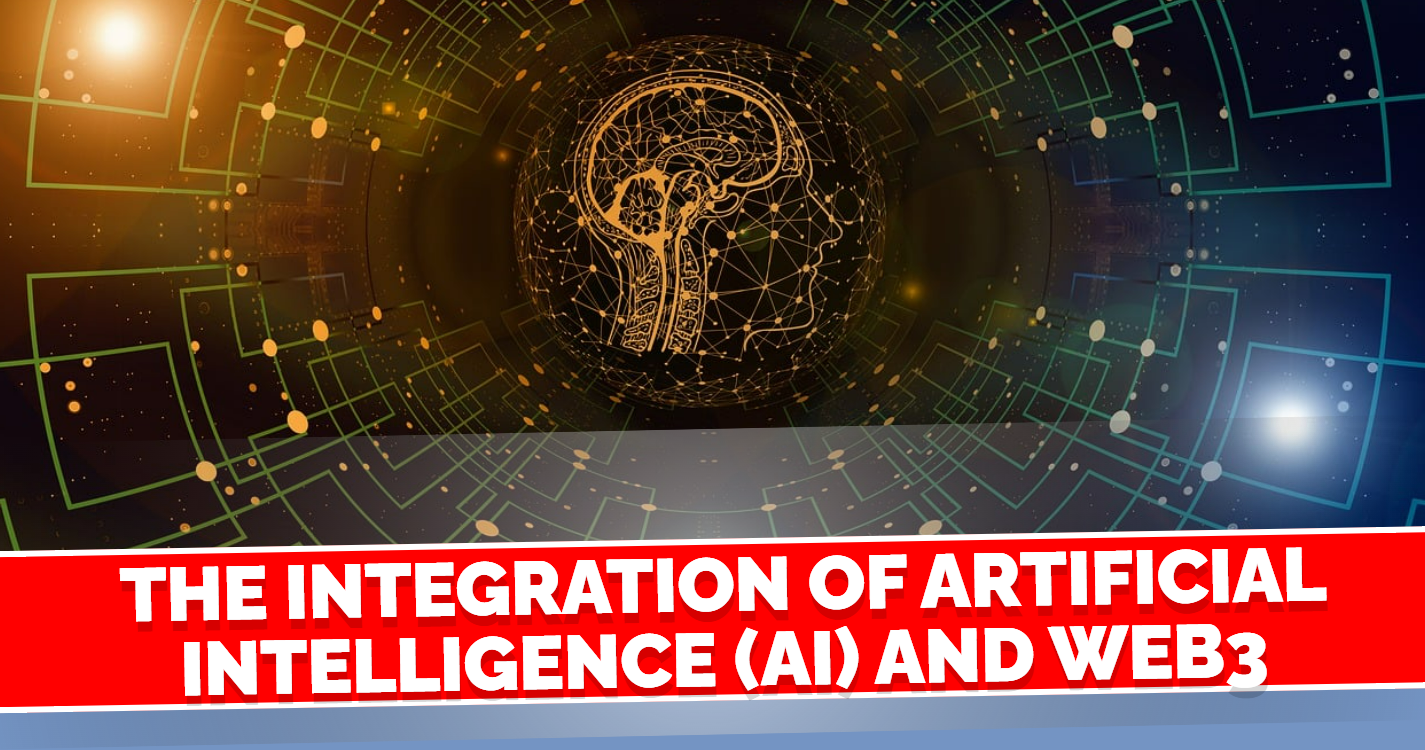

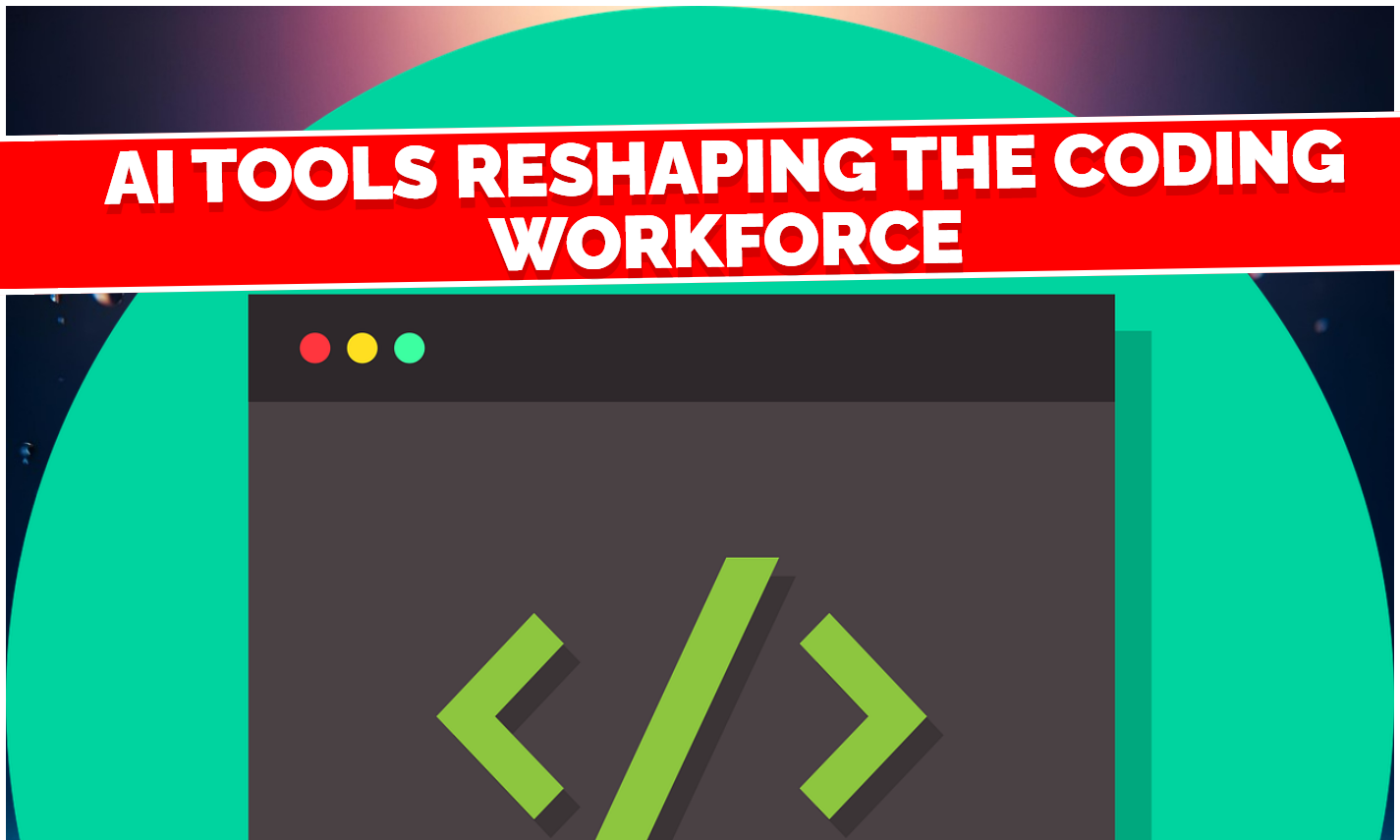



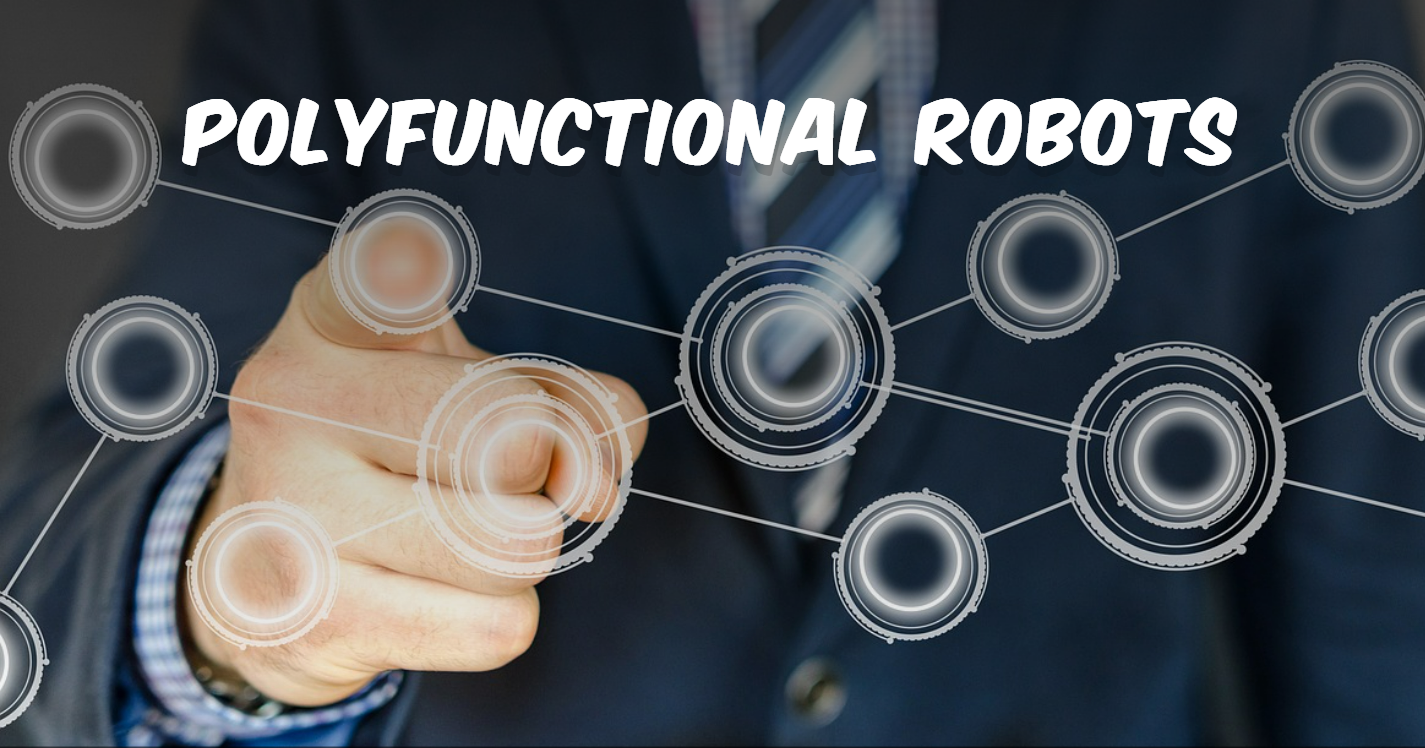
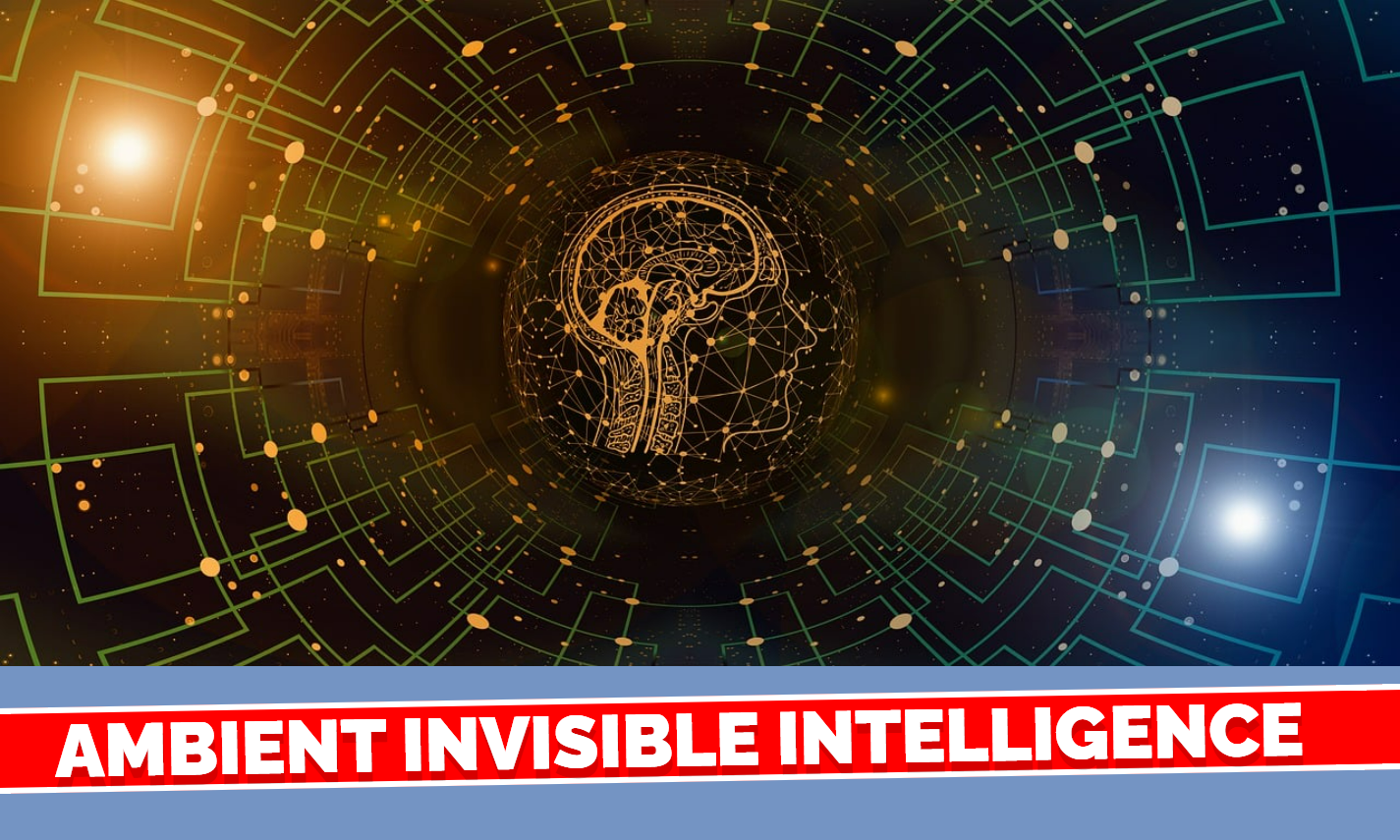
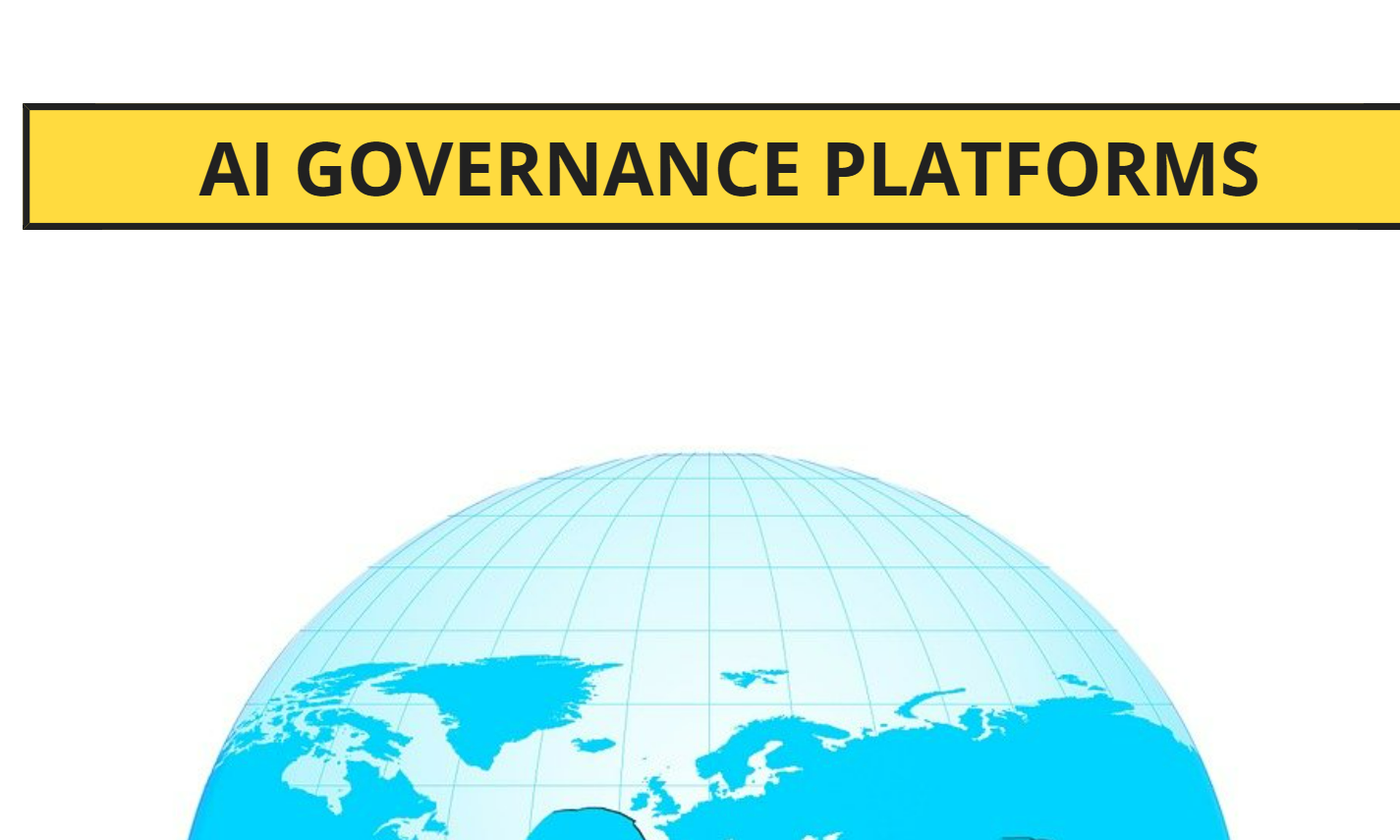
Leave a Reply